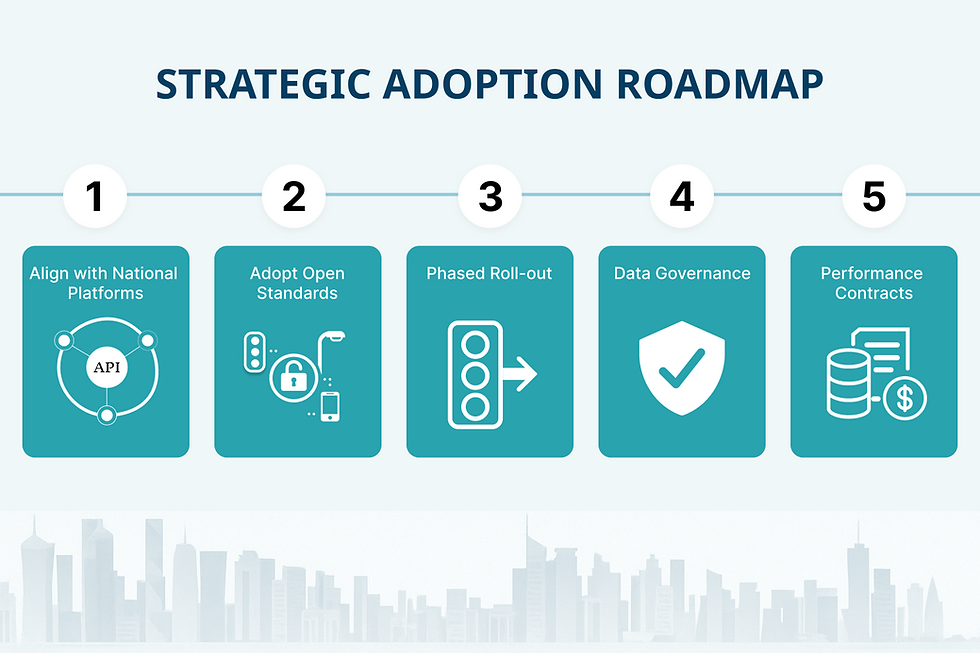Intelligent
Capabilities,
Measurable Results
Transform energy waste into savings with AI-Powered automation


Cut wasted cooling via live occupancy
Reduce HVAC energy consumption by up to 35% through real-time occupancy detection
35% reduction
Smart Energy Meter
EM300-MCS
Real-time consumption tracking → identify energy waste patterns
.png)
LoRaWAN connectivity
.png)
.png)
±1% accuracy
15-year battery life
Cutting-edge hardware designed for maximum impact and reliability
Hero
Products
That Deliver
Occupancy Sensor
VS121
Presence detection → automatic HVAC & lighting control
.png)
PIR + radar fusion
.png)
.png)
10m detection range
5-year battery
Smart Thermostat
WT101
Intelligent climate control → 30% HVAC energy savings
.png)
WiFi + LoRaWAN
.png)
Learning algorithms
.png)
Touch display
Your
Energy Transformation
Ecosystem
Modular, intelligent solutions that work together to create a comprehensive energy management system

Smart Metering
Real-time energy monitoring and consumption analytics

Smart HVAC
Intelligent climate control based on occupancy and conditions

Smart Lighting
Automated lighting systems with presence and daylight sensing

Smart Office
Integrated workspace optimization for maximum efficiency
Urban areas struggle with chronic congestion, high-energy street lighting, and declining air quality. IoT Shabaka deploys an integrated sensor-to-cloud architecture that synchronises traffic signals, dims or brightens LEDs in real time, and streams hyper-local environmental metrics. The platform ingests multi-source data, applies AI analytics, and issues automated control commands, creating a self-optimising urban fabric.
Solution Overview
Core Architecture & Components
Layer | Key Elements | Functionality |
|---|
Impact Area | Metric | Global Benchmarks |
|---|---|---|
O&M cost | ▼ 40 % lighting maintenance via predictive alerts (Barcelona pilot) | Automated fault detection planned under TASMU Transport use-cases |
Emissions | ▼ 10-12 % CO₂ from reduced idling (Singapore GLIDE analysis) | Projected 5 % GDP-linked gain from smart-city efficiencies by 2022 |
Energy use | ▼ 30 % lighting power cut after LED+IoT rollout (Barcelona) | Msheireb Downtown reports 30 % lower overall energy demand via 8 000 smart meters |
Traffic flow | ▲ 15-25 % faster average corridor speed (AI-signal coordination, Singapore) | ITS roadmap targets 20 % reduction in delays on Doha arterials (Ashghal) |
Quantified Benefits
Strategic Adoption Roadmap
Deployment under this framework positions municipalities to exceed Qatar National Vision 2030 sustainability and mobility targets while delivering measurable economic return.
Align with National Platforms
Adopt Open Standards
Deploy ITS devices certified under Ashghal V&V guidelines to ensure interoperability and lifecycle security.
Prioritise high-congestion corridors for adaptive signal control, followed by district-wide smart lighting retrofits linked to demand-based dimming profiles.
Phased Roll-out
Enforce Qatar Cybersecurity Framework controls on all IoT endpoints; anonymise mobility data in accordance with Law (13) of 2016 on Personal Data Protection.
Data Governance
Structure energy-service agreements (ESPCs) that guarantee ≥25 % energy savings, financing CAPEX through realised utility reductions.
Performance Contracts
Integrate datasets through MCIT’s TASMU Smart Qatar backbone to leverage existing sector APIs and comply with ISO 37122 smart-city KPIs.



